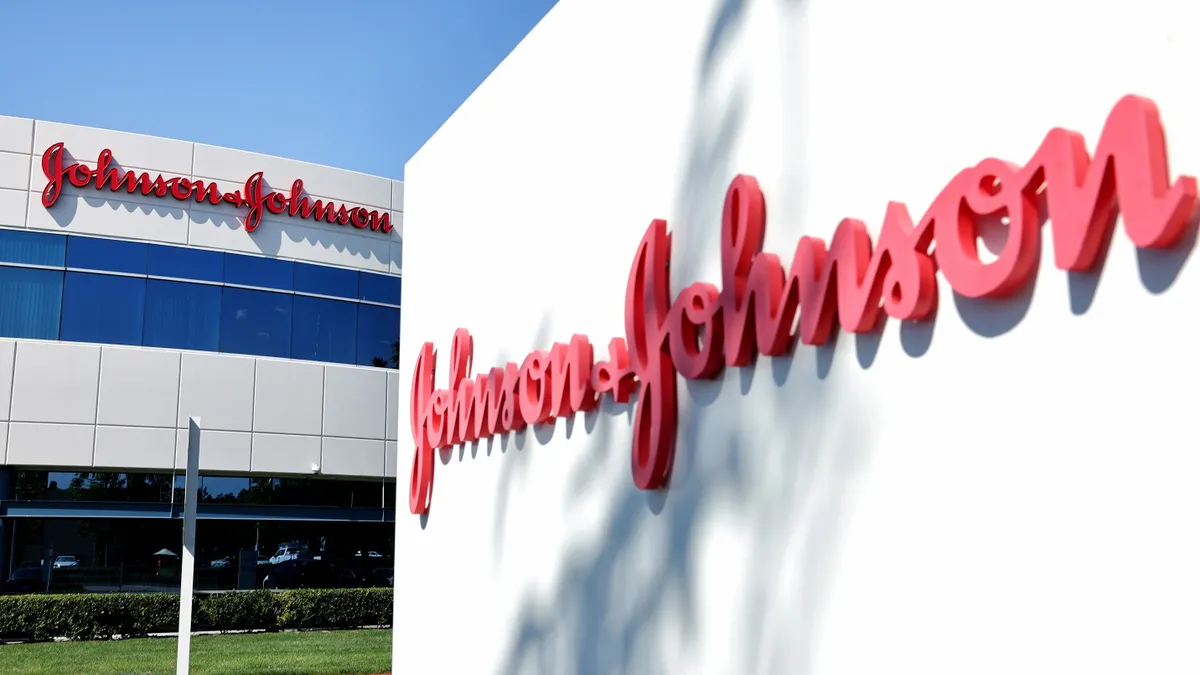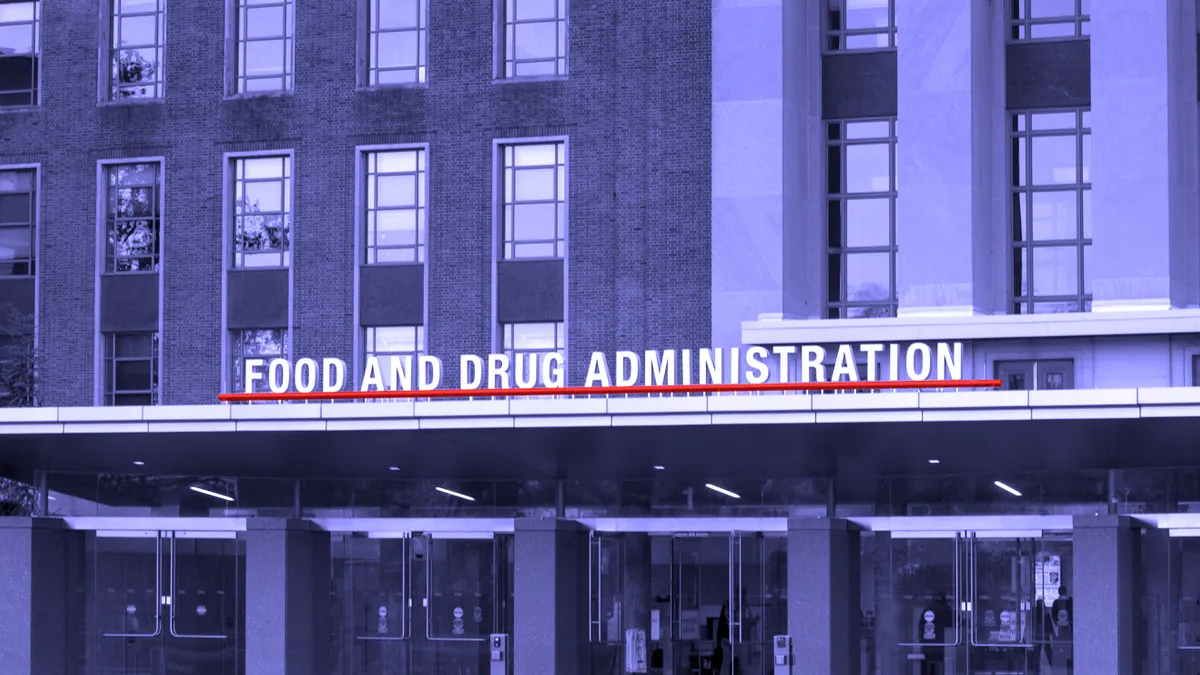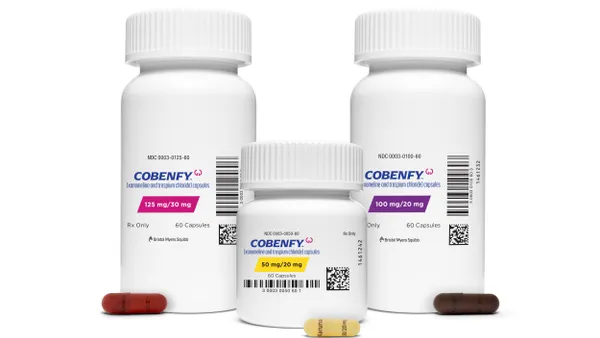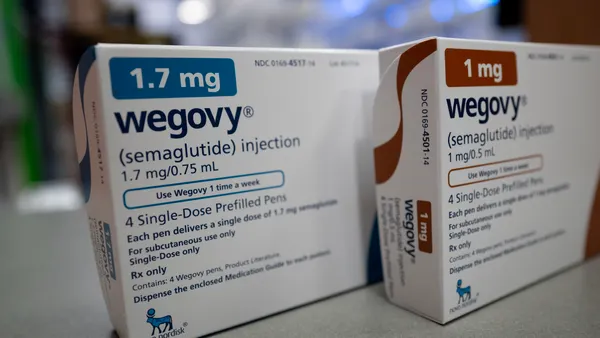Johnson & Johnson on Wednesday reported quarterly prescription drug sales that for the first time surpassed $15 billion, highlighting the strength of the pharmaceutical company’s portfolio during a year in which its formerly top-selling drug lost market exclusivity.
Second quarter sales for J&J’s pharmaceuticals business reached $15.2 billion between April and June, nearly 4% higher than the same period last year on an operational basis. Overall second quarter sales were up 4.6% on the same basis to total $23.7 billion, beating Wall Street forecasts.
J&J now expects higher operational growth for 2025, increasing the midpoint of its guidance range for both adjusted sales and earnings per share.
The company also halved its estimates for how much U.S. tariffs would weigh on its business this year. It now anticipates a roughly $200 million hit, exclusively within its medical device unit. President Donald Trump has said further levies on pharmaceuticals are coming soon, but indicated the duties would be phased in, potentially giving drugmakers time to adjust their operations and stockpile inventory.
J&J shares jumped by more than 6% Wednesday morning following its earnings release.
“No other healthcare company has grown through the loss of exclusivity of a multibillion-dollar product in the first year, in our case Stelara,” J&J CEO Joaquin Duato said on a conference call with analysts, referring to the company’s 16-year-old psoriasis and inflammatory bowel disease medicine. Stelara sales during the quarter fell by 43% year over year, to $1.7 billion.
J&J has a newer drug, Tremfya, that it has positioned as a successor to Stelara in many of the same diseases and hopes will eventually grow into a $10 billion-a-year product. Sales in the second quarter rose 30% year over year to $1.2 billion as more doctors prescribed it for Crohn’s disease and ulcerative colitis.
But it’s J&J’s oncology business that’s providing the most significant counterweight to Stelara’s loss of exclusivity. Overall cancer drug sales were $6.3 billion between April and June, more than $1 billion higher than in the same period last year.
Over half of that total came from J&J’s multiple myeloma medicine Darzalex, which is one of several drugs the company sells for the blood cancer. Duato claimed about 80% of all multiple myeloma patients receive a J&J therapy as some point in their treatment.
By the end of the decade, J&J predicts its oncology business will bring in $50 billion in annual sales, notably higher than what analysts on Wall Street currently estimate.
Jennifer Taubert, head of the company’s pharmaceuticals business, pointed to Darzalex and its multiple myeloma cell therapy Carvykti as key contributors to that goal. Two other J&J medicines, Tecvayli and Talvey, are also approved for the blood cancer, but are early in their respective launches.
Taubert also highlighted a drug-device combination called TAR-200 that J&J is targeting for use in non-muscle invasive bladder cancer. “That is probably the asset that has the biggest disconnect between our internal forecasts and what the Street expects,” she said. “If you take a look at 2028 consensus, we actually see our numbers at least three times higher.”
J&J previously detailed several other drugs for which analysts forecasts diverge from its own. One other is a combination of the medicines Rybrevant and Lazcluze, which are approved for a certain type of metastatic lung cancer. The company aims to win U.S. clearance for a subcutaneous version of Rybrevant, but had its application rejected by the Food and Drug Administration in December.
On Wednesday’s call, Taubert said the agency’s complete response letter related to “a manufacturing question or two” and J&J has since responded.














